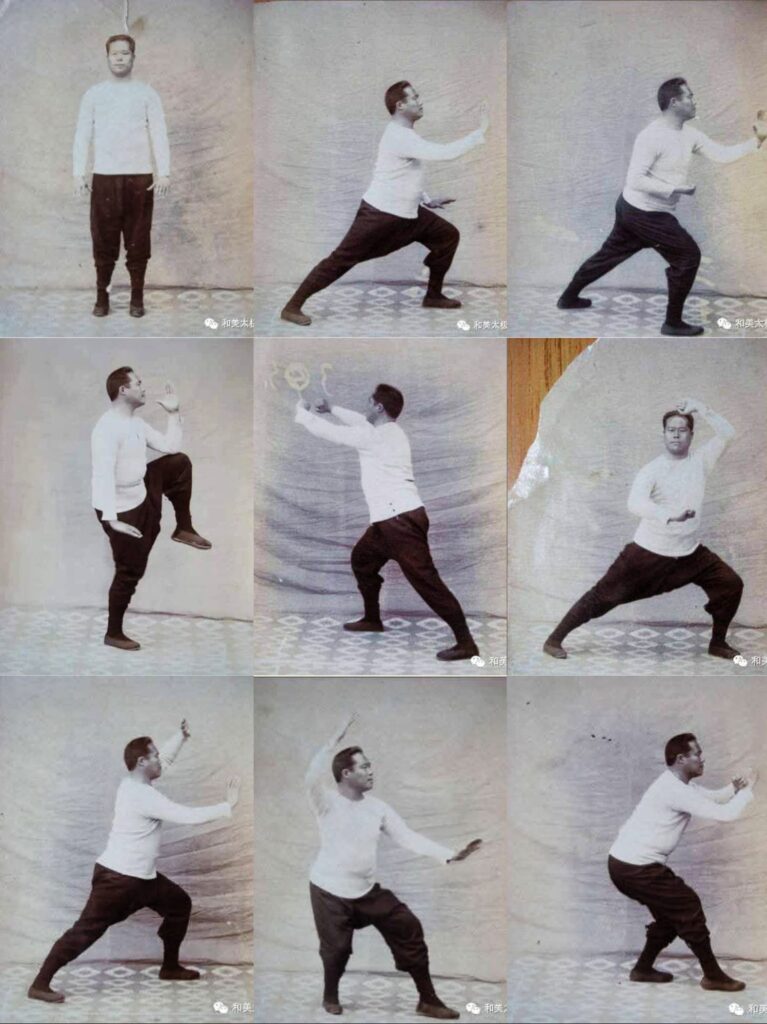Translating from one language to another is difficult enough, in the context of translating some of the Tai Chi Classics and related writings, one also needs to have some understanding of classical Chinese, and more importantly, some ability in Internal Martial Arts. It’s no wonder that some terms or phrases have long been misunderstood.
Let’s start with the most obvious one – Qi 氣. Qi is a fairly generic word that can be mapped to air, breath, life force, or even in things like “wok hay” (hay being closer to the Canto pronunciation) that describes the intangible quality and smoke that come out from a good cooking session. Indeed, there are probably hundreds of Chinese combination words that incorporate the word Qi.
So what did the earlier translators, including ones that were Chinese scholars use? *Energy*! That single translation causes so much misunderstanding and the start of so many unfruitful discussions.
Next we have the phrase 其根在腳,發於腿,主宰於腰,行於手指。which is commonly translated as “The jin should be rooted in the feet,
generated from the legs, controlled by the waist, and expressed through the fingers”. Jin being the term meaning (refined/trained) force. To be fair, even some Chinese speakers might think this translation is correct.
The only problem is that the word Jin 勁 is not in the original text. It’s added there because the translators do not have in depth of Tai Chi. Of course one has to be rooted, and one can generate force by “pushing” from the ground. This is the “root” (sorry) of the ground path craze in the 90s in US. But while most martial arts use the ground force to generate power (look at some videos of Baji, for example), it is not necessary in Tai Chi.
The best translation really is “rooted in the feet, …”. What is rooted? I will leave the interpretation of the phrase in a later post.
And now, a difference in mental image – 立如平準, correctly translated as “standing like a scale (for weight measurement)”. However, the Chinese scale used at the time the Classic was written, was not the same as the scale used in the western world. As the Classic includes the phrase “not a single word added, nor a word can be removed”, missing the correct context is indeed could miss the meaning by a mile! Again, I will leave the what the differences can matter in a later post.
The last one I will touch on is “invest in loss”, attributed to master Cheng Manching. The problem is that he never used the word “invest”, just 吃 虧, “eating loss”. The translation isn’t bad per se, in fact, it captures aspects of the training needed to get to the proper stage. However, it is confusing from a Chinese usage perspective. It then is an interpretation, rather than translation.
